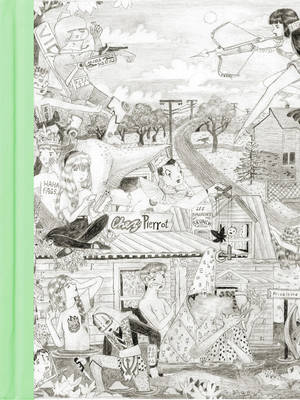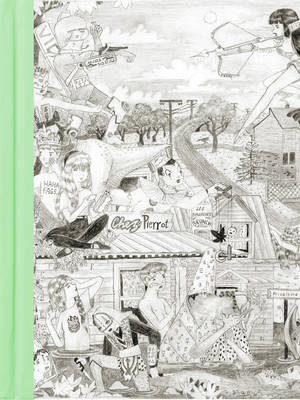
Je cadeautjes zeker op tijd in huis hebben voor de feestdagen? Kom langs in onze winkels en vind het perfecte geschenk!
- Afhalen na 1 uur in een winkel met voorraad
- Gratis thuislevering in België vanaf € 30
- Ruim aanbod met 7 miljoen producten
Je cadeautjes zeker op tijd in huis hebben voor de feestdagen? Kom langs in onze winkels en vind het perfecte geschenk!
- Afhalen na 1 uur in een winkel met voorraad
- Gratis thuislevering in België vanaf € 30
- Ruim aanbod met 7 miljoen producten
Zoeken
Omschrijving
Jonathan Reid Sevigny was born and raised in Cowansville, in the Eastern Townships of Quebec, a culture so unique and full of rare and local treasures that become significant to those who grew up there but perhaps seem completely foreign and often tacky to outsiders. It isn't the most glamorous town, nor does it have any particular sites or landmarks that one would go out of his / her way to visit. In Sweetsburg Sevigny is attempting to use his Quebecois boyhood as an archetype for the relationship between the individual, the hometown, and the bewildering beauty that connects the two. As adults, we tend to romanticize our youth, we try and remember the best things about our coming of age, but we're also scarred by certain events which we wish we could go back and change; fight back, kiss back. At a glance Sevigny's depictions of Cowansville seem crisply utopian, a neat little playground of nice boys and girls. However, a closer look reveals their human forms are corrupt, splayed, eaten, and absorbed by animal fraternities, by swords of ritualistic death, by minute veils of the macrocosmic sky in all its unknown intricacies. The scene becomes otherworldly in the kid's play, pushing us to remember that what is around and inside is both innocent and dirty, violent and soft, and constantly revised.
Specificaties
Betrokkenen
- Auteur(s):
- Uitgeverij:
Inhoud
- Aantal bladzijden:
- 112
- Taal:
- Engels
Eigenschappen
- Productcode (EAN):
- 9781894994736
- Verschijningsdatum:
- 30/10/2013
- Uitvoering:
- Hardcover
- Formaat:
- Genaaid
- Afmetingen:
- 234 mm x 310 mm
- Gewicht:
- 725 g

Alleen bij Standaard Boekhandel
+ 53 punten op je klantenkaart van Standaard Boekhandel
Beoordelingen
We publiceren alleen reviews die voldoen aan de voorwaarden voor reviews. Bekijk onze voorwaarden voor reviews.









